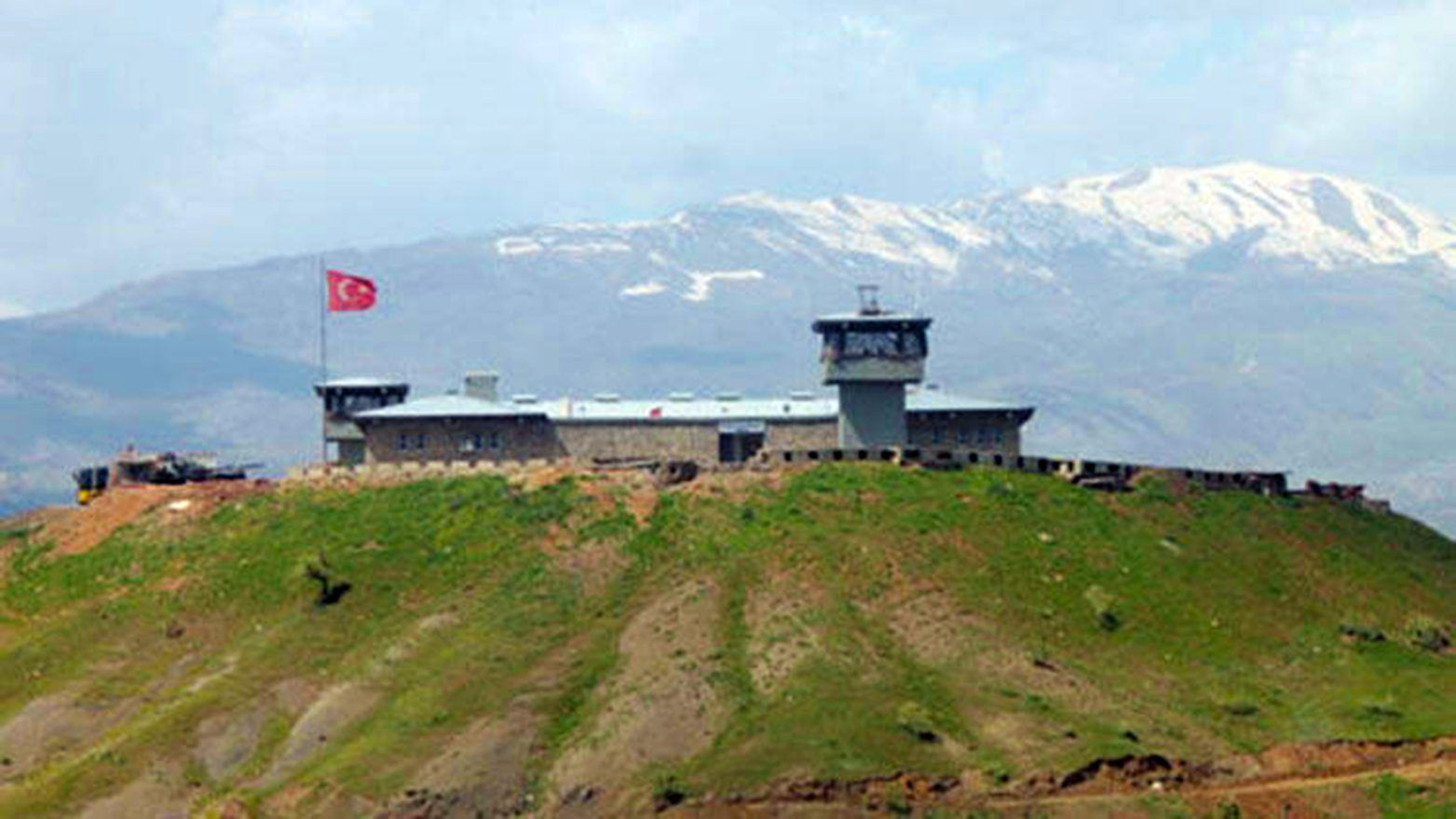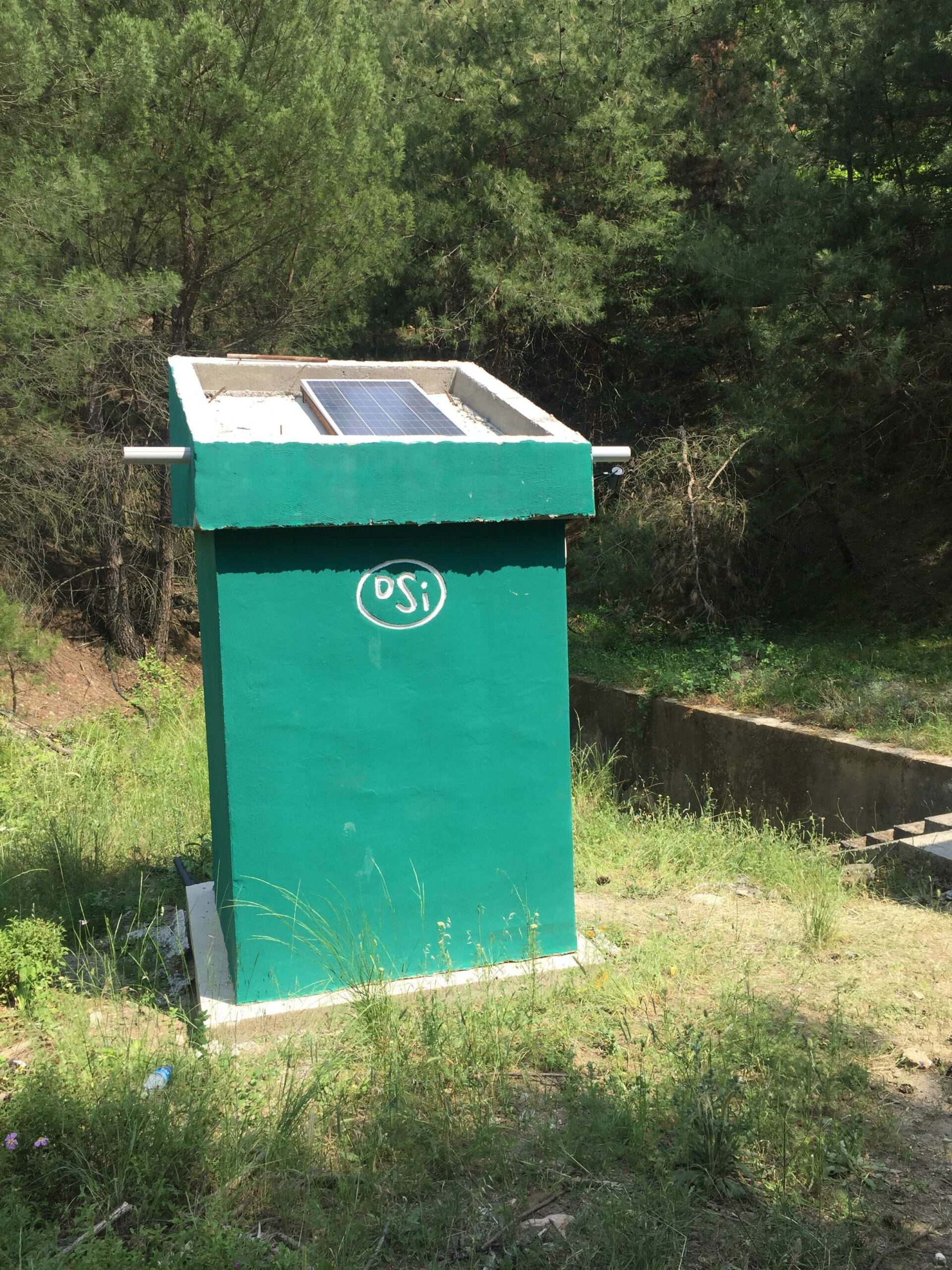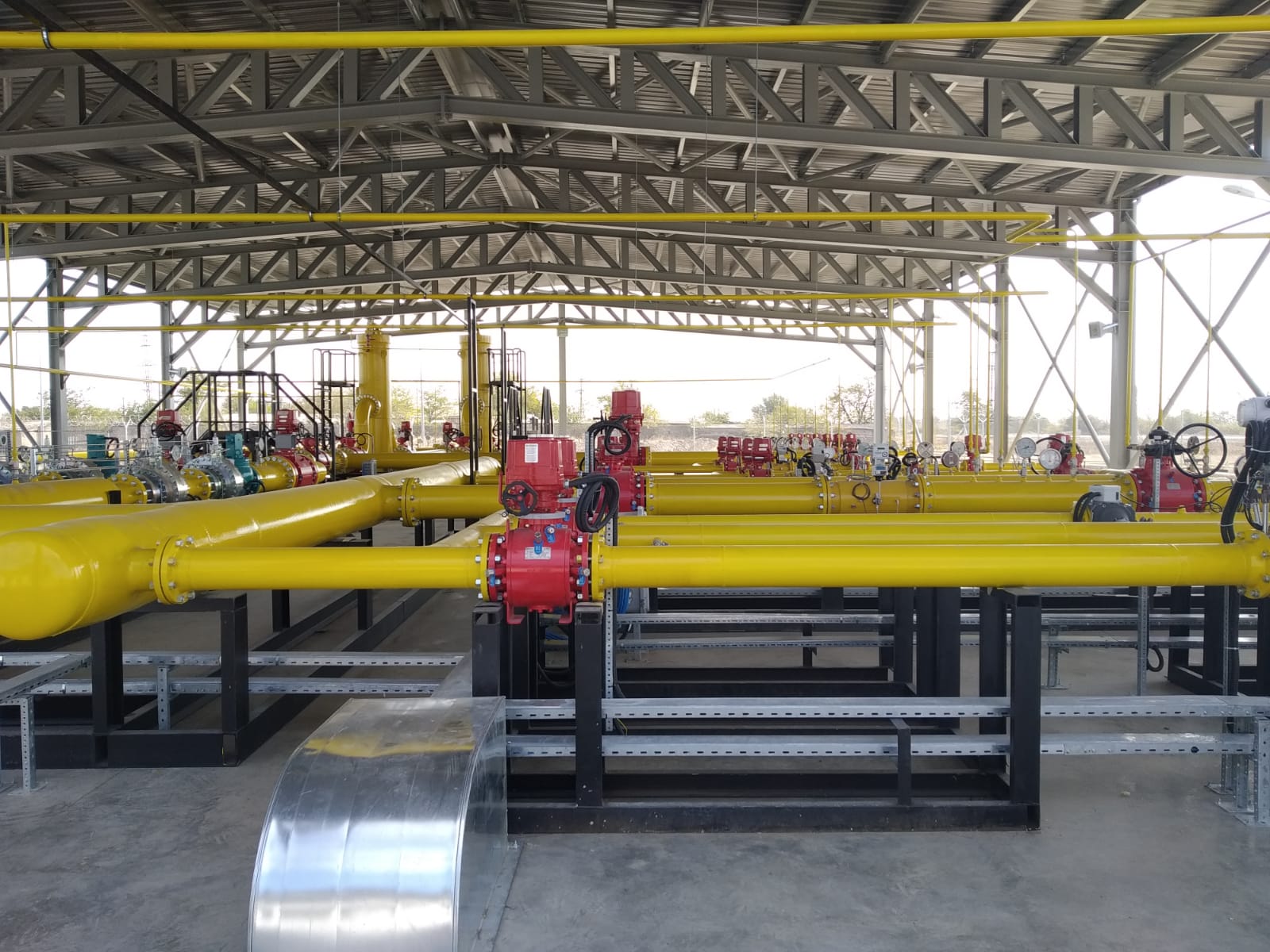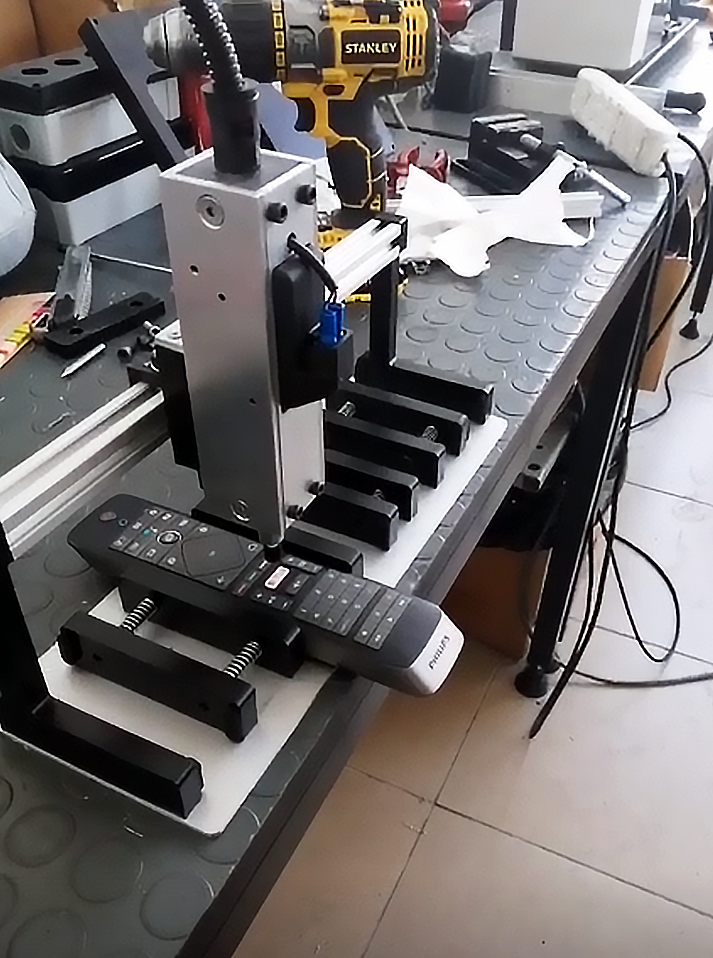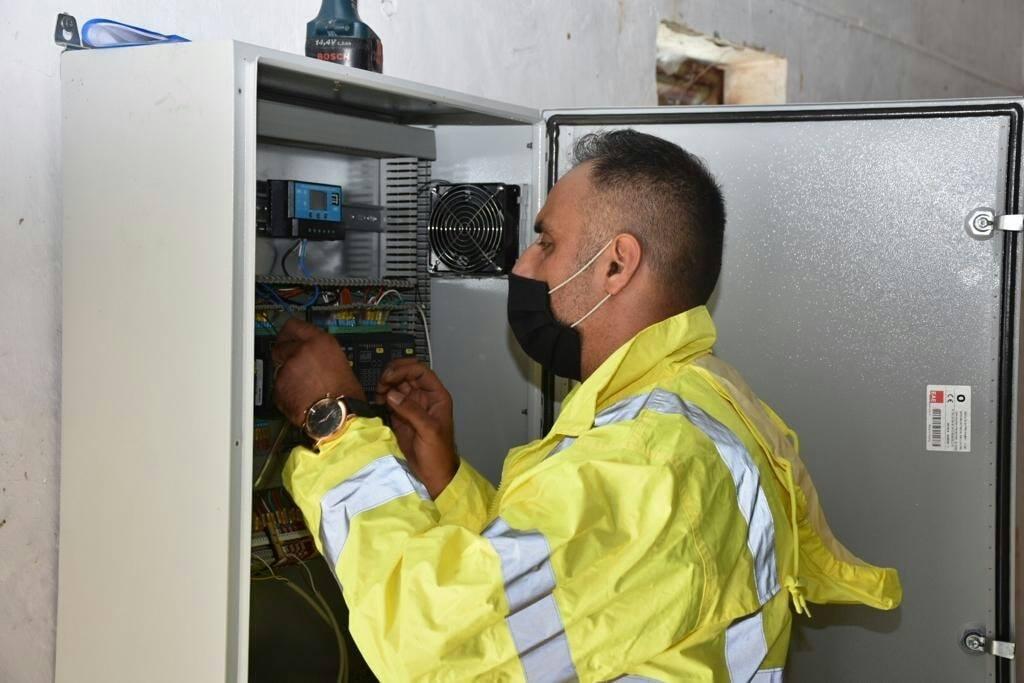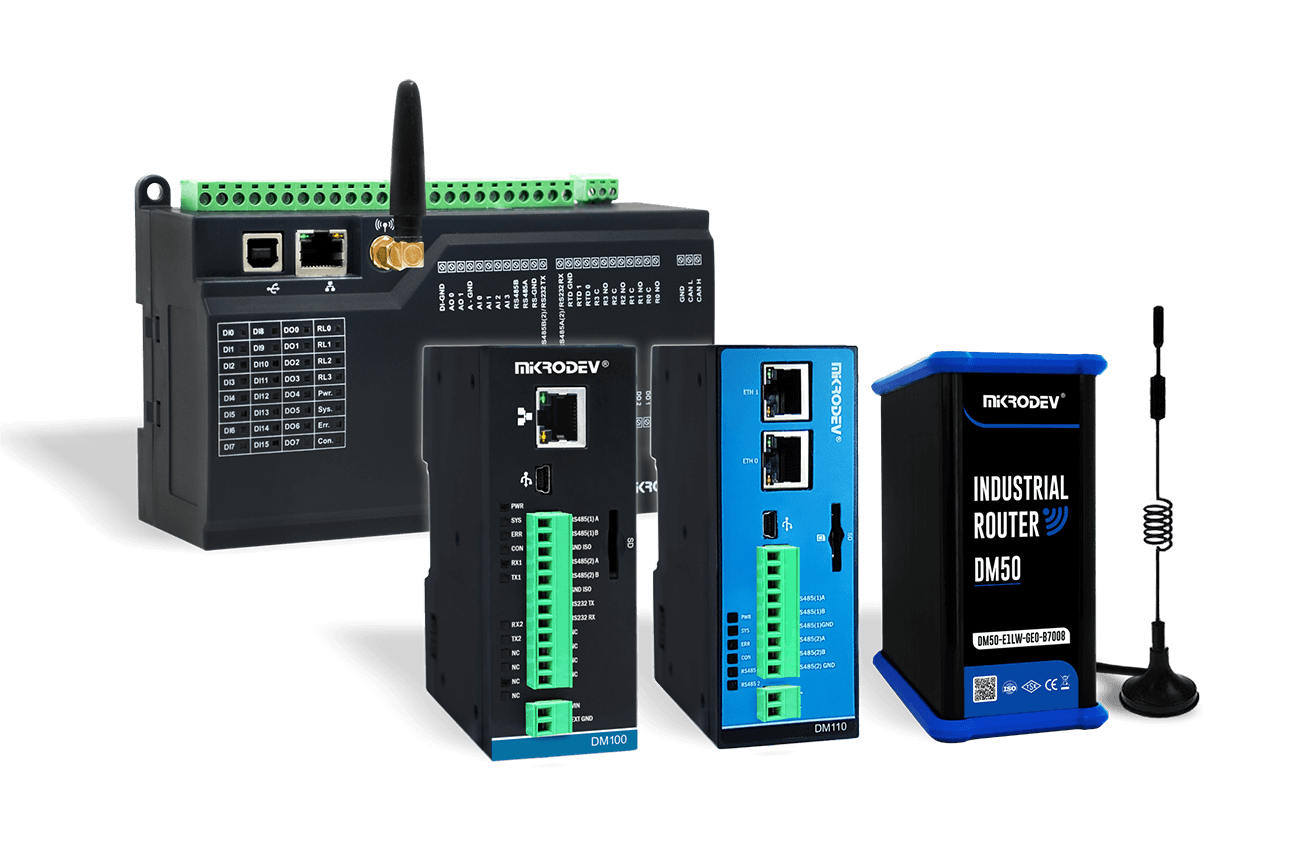Energy management is becoming increasingly prominent for businesses and infrastructures in terms of sustainability and cost control with each passing day. SCADA solutions have completely changed processes in this field, particularly through innovation and automation. The impact of SCADA systems is constantly increasing under headings such as real-time data monitoring, operational efficiency, and renewable energy integration. This article will briefly summarize the innovations offered by SCADA solutions in energy management processes and the advantages provided by automation; it will reveal how modern energy infrastructures have become more flexible and efficient alongside current developments in the sector.
The Basic Functions of SCADA Systems and Their Place in Energy Management
SCADA systems (Supervisory Control and Data Acquisition) act as the invisible but indispensable brain of energy management solutions. With a structure open to both innovation and automation; they collect and process data obtained from power plants, grids, and factories, enabling operators to react instantly. They offer a wide range of uses in our daily lives, from smart city applications to industrial production facilities. Especially with the rapid spread of renewable energy integration and modern automation in line with 2025 targets, it is evident that this technology assumes a critical role in Turkey’s energy infrastructure as well.
Basic Functions of SCADA
SCADA systems are used in complex facilities to reduce manual workload and accelerate processes. We can list their functions as follows:
-
Remote monitoring: Operators can view a wind turbine, a chain of transformers, or a critical point within a hydroelectric power plant from hundreds of kilometers away via live images and data.
-
Data collection: SCADA platforms continuously record physical data such as current, voltage, and temperature received from thousands of sensors and present it for analysis.
-
Control: In an emergency, a generator can be activated, or switchgear can be opened and closed via the system. Thus, intervention in faults is accelerated, and human error is minimized.
-
Reporting: SCADA reports the performance of the entire process over time. Operators strengthen decision-support processes with detailed reports on production losses or energy costs.
Thanks to these basic capabilities, energy management becomes more flexible, secure, and centralized than ever before.
Advantages Provided by SCADA in Energy Management
In the energy sector, the heart of both daily and industrial operations beats with data. By collecting and analyzing this data, SCADA solutions:
-
Accelerate fault detection: When a problem arises, the source of the error is found quickly thanks to instant alerts. Timely intervention keeps the energy flow uninterrupted.
-
Ensure energy savings: Constant monitoring of consumption points prevents unnecessary energy usage and lowers energy costs.
-
Perform resource optimization: Strategic decisions, such as how much production a power plant will make or which grid is working more efficiently, are made based on data.
-
Increase operational safety: Thanks to automation, human error is reduced to a minimum. Critical situations are noticed in advance, preventing major losses.
As modern SCADA systems are integrated with artificial intelligence and predictive analysis capabilities, energy management processes are becoming increasingly smarter and more predictive. Today, in Turkey, it is observed that renewable energy sources are used more efficiently thanks to the integration of these systems in hydroelectric, wind, and solar power plants.
The Role of SCADA in Energy Grids and Power Plants
The function of SCADA systems is vital in energy grids and large-scale infrastructures. Let’s look at an example:
-
An energy distribution company can monitor and manage current flows, frequency fluctuations, and potential faults at all critical points of the grid in real-time thanks to the SCADA panel.
-
In a solar power plant, instantaneous production values and inverter performance are reported immediately; teams are directed within a few minutes for potential efficiency drops.
With traceability and control features, SCADA makes it easier to achieve sustainability goals in the field of energy management. Businesses benefit greatly from this technology, especially to react to sudden weather changes, optimize maintenance times, or provide uninterrupted energy.
The Contribution of Automation to Energy Management
SCADA solutions ensure that energy is used at the right time and in the right amount thanks to automation. An industrial facility or municipality using SCADA applications:
-
Reduces the need for manpower by controlling all system components from a single center.
-
Lowers carbon emissions by reaching the most efficient operating scenarios with real-time data.
-
Offers low cost and high service quality by optimizing the energy supply-demand balance.
Modern energy management maximizes renewable energy potential with the integration, automation, and innovation capabilities offered by SCADA systems. for businesses, this means not only a cost advantage but also sustainability and technological confidence.
Innovative SCADA Applications: Artificial Intelligence and Digitalization
The development of SCADA systems in energy management solutions has gained a new dimension with the rapid advancement of technology. No longer limited to systems that just collect data and provide control based on certain rules, SCADA has become a solution that can decide on its own, is predictive, and smarter thanks to artificial intelligence and digitalization. This innovative approach raises the bar in both energy efficiency and sustainability. Smart energy management, which stands out especially with the year 2025, is one of the most striking examples of the transformation in this field.
The Meeting of SCADA and Artificial Intelligence
Today, when SCADA solutions are integrated with artificial intelligence, they change the entire operation from top to bottom. The system not only collects data from the field but can also derive meaningful results from this data. For example; while production levels in a solar or wind plant are monitored instantly, AI-supported analyses are performed with weather data. Thus, cloudy weather is predicted in advance in a solar plant and the production plan is updated, or the possibility of a potential malfunction in a wind plant can be detected early.
At this point, the importance of predictive maintenance and early fault warning systems stands out thanks to artificial intelligence. Algorithms that constantly analyze SCADA data immediately notice unusual situations in parameters such as vibration, temperature, and current. Maintenance teams are proactively sent alerts, and a potential malfunction is prevented. Both business continuity is protected, and equipment life is extended.
Advanced Decision Support and Automation with Digitalization
The combination of SCADA with digitalization offers real-time and intelligent decision support in energy management. Operators who used to work only with past data now manage with live and instant information. Thanks to big data analytics, all system performances are monitored at a single center, and immediate action can be taken.
The prominent advantages of digital SCADA applications are listed as follows:
-
Efficiency increase: The balance between energy production and consumption is optimized based on real-time data.
-
Remote management: Operators can remotely monitor and intervene in the entire facility and infrastructure without being physically present in the field.
-
Real-time reporting: Operational performance is used in decision-support processes with instant and detailed reports.
-
Energy supply security: The system responds quickly to sudden demand increases or fault risks. Uninterrupted service is ensured in the grid.
These advantages have already found a response in rapidly developing energy markets like Turkey.
Big Data and SCADA: The Foundation of Smart Energy Management
SCADA data pools are fed by millions of sensors and devices today. When evaluated with classical methods, this data often remained idle. Now, big data technologies enable all this information to be analyzed in real-time and intelligently. SCADA systems make sense of every data point and transfer it to automation systems. Consequently, both general energy costs decrease, and unexpected system failures are prevented.
Practical benefits of big data analytics and automation applications in energy management:
-
Grid balance is established with demand and production forecasting.
-
Operating hours of critical devices are optimized.
-
High-risk areas for faults are determined in advance, and maintenance processes are managed accordingly.
These data-driven capabilities of SCADA serve as a reference for those seeking detailed resources on energy efficiency beyond industrial automation.
The Year 2025 and the Future of Smart Energy Management with SCADA
Energy sector trends prominent in 2025 are shaped by smart cities and automation systems that manage energy. Innovative SCADA solutions determine new standards in energy management by combining renewable energy integration, automation, and artificial intelligence technologies.
Briefly, the prominent gains are:
-
Efficiency: Using resources in the best way, minimizing losses.
-
Continuity: Fault-free and uninterrupted energy flow, rapid intervention capability with digital transformation.
-
Security: Keeping both cyber and operational risks under control.
In the Turkish energy sector in 2025 and beyond, sustainable and smart energy management is now accepted as the standard with the innovation and digitalization provided by SCADA solutions.
Renewable Energy Integration and SCADA’s Contributions
As the transition to renewable energy sources accelerates, energy management and SCADA solutions create a much greater impact together. The stable production of sources like solar and wind has become one of the keys to a sustainable and efficient energy future. In this development, the conveniences brought by automation and the data-driven management approach both increase performance and make operations more transparent and manageable. In a modern energy infrastructure, thanks to SCADA systems, operators can see the real-time status, take quick action, and manage complex processes automatically.
SCADA Advantages with SPP (Solar Power Plant) and EPİAŞ Integration
SCADA integration in solar power plants (SPP) offers serious advantages thanks to the compliance provided with EPİAŞ (Energy Exchange Istanbul). This compliance plays a critical role in both meeting transparent energy market requirements and optimizing production.
Optimization and Production Tracking:
The SCADA infrastructure installed in SPPs collects and analyzes production data instantly. Integration with EPİAŞ ensures that this data is reported in compliance with market regulations. Thanks to the instant data transmission offered by SCADA, energy producers transmit timely and accurate information to day-ahead markets or balancing units. This makes it easier for the producer to optimize costs and maximize revenue.
Data Communication and Reporting Ease:
For a large-scale SPP, data management forms the basis of accurate decision-making processes. SCADA systems collect data coming from hundreds of inverters, panel arrays, and sensors in a single center. Together with EPİAŞ integration, consumption and production values are quickly prepared in formats suitable for requirements. With automatic reporting modules, the energy producer can both perform on-site optimization and minimize the burden of reporting to the market. Thanks to this ease, human error decreases, and process management becomes completely transparent.
Developments in Maintenance and Monitoring Processes:
In the operation of renewable energy plants, fault detection and periodic maintenance are of great importance. Businesses digitized with SCADA view equipment operating hours, temperature and current values, and fluctuations in inverter performance in real-time. In this way, maintenance and repair teams step in exactly at the needed point and time. The proactive maintenance approach extends equipment life while minimizing lost production. Additionally, SCADA’s remote notification capabilities allow for rapid intervention even from outside the field.
SCADA and Automation Solutions in Future Energy Management
Innovative approaches prominent for 2025 and beyond in the energy sector are shaped by developing SCADA solutions and automation technologies. Digitalization, smart city projects, artificial intelligence support, and centralized management systems carry energy management to a brand-new level. Sustainability, cost optimization, and energy efficiency are now the priority of every business. Real-time data and flexible management capabilities obtained with automation and SCADA systems provide a strong foundation for achieving these goals.
Smart Cities and SCADA’s New Role in Energy Management
Smart cities are undergoing a serious transformation on the energy side of city life with smart SCADA and automation integration. Buildings, transportation networks, and infrastructures now work interconnectedly and are synchronized centrally. Becoming the heart of this digital infrastructure, SCADA systems provide the following advantages:
-
Real-time consumption and production monitoring: All energy points in the infrastructure are gathered at a single center. Unnecessary consumption is prevented with instant alerts to relevant units.
-
Smart lighting and device management: City lighting, air conditioning, and energy-intensive devices can be automatically adjusted from a central SCADA.
-
Increasing grid balance: Grid management becomes easier in line with demand, especially while the share of renewable energy sources increases.
In successful smart city projects, energy efficiency and automation steps achieved through digitalization draw attention. SCADA-based management offers a sustainable, secure, and flexible energy infrastructure for cities.
Industrial Automation and Sustainability
In industrial facilities, automation and SCADA solutions are among the pillars of energy management. In factories, old machines, IoT sensors, and smart software are integrated into the SCADA network through digitalization. Thanks to this configuration:
-
Energy consumption can be monitored remotely.
-
Faults are detected early with sensor data, and maintenance processes are planned.
-
High-efficiency motors and drives are automatically activated according to need.
Thus, energy savings are achieved, human error decreases, and operating costs fall. Smart factories achieve sustainability advantages in both environmental and financial terms by analyzing all process data in real-time.
Centralized Management Systems and Unified Integration
One of the most important steps for 2025 and beyond is the creation of different energy management modules on a centralized platform. With next-generation SCADA solutions;
-
All infrastructure such as energy, water, gas in different cities or facilities can be monitored and managed from a single panel.
-
A single database and reporting system are used for processes.
-
Operators can easily analyze losses, excess consumption, and failure points by bringing all information together.
With exemplary system integration solutions (see: system integration applications for modern energy management systems), institutions both carry out resource planning centrally and can bring devices of different brands and types together on the same platform.
The Power of Smart Automation with AI and IoT
With the combination of artificial intelligence, SCADA, and automation, energy management becomes truly predictive and smart. High-volume data coming from sensors is processed with artificial intelligence so that:
-
Energy demand can be predicted on a time basis.
-
Machine failures are noticed before the need for maintenance; unplanned downtime and costs decrease.
-
Balance and supply security increase in energy distribution grids.
Furthermore, it becomes possible to protect the energy infrastructure against external threats with advanced cyber security measures. The digitalizing infrastructure has a much wider coverage thanks to IoT integrations; all old and new equipment merges on the central SCADA platform.
Key Benefits Offered by Advanced Automation
Below, the most important advantages provided by modern SCADA and automation solutions to energy management are summarized:
| Advantage | Description |
| Energy savings | Unnecessary consumption is prevented through smart control and analysis |
| Flexible management | Instant monitoring and intervention from a central panel |
| Rapid fault detection | Business continuity with sensor-supported early warning |
| Scalability | Adaptation to facilities of every size and city infrastructure |
| Sustainability | Continuous development in energy source and efficiency |
Transformation in the Energy Sector and Future Outlook
SCADA solutions and automation technologies are transforming into stronger tools every year on the axis of sustainability in energy management. Renewable energy integration, smart city infrastructures, centralized management systems, and AI-supported analyses create an environmentally sensitive and transparent management model while controlling costs in the energy sector. The spread of automation and the speed of digitalization raise the bar for energy efficiency and operational safety in many countries, including Turkey.
Energy management no longer means just tracking production, but operating complex infrastructures in a sustainable and flexible manner from a single center. In the future, infrastructures prepared with these technologies will create a new standard in all energy-related processes of both businesses and cities.
Conclusion
The innovation, automation, and sustainable growth offered by SCADA solutions in energy management processes play a fundamental role in the transformation of the sector. Now, not only monitoring but also instant control, advanced data analysis, and predictive maintenance have become standard. With SCADA systems, while resources are used more effectively thanks to renewable energy integration, costs decrease, and operational safety increases. These infrastructures, strengthened by artificial intelligence and IoT technologies, create a strong ground for smart and sustainable solutions in energy markets in 2025 and beyond.
The key to sustainable growth in energy management lies in investing in next-generation SCADA solutions. By adopting this innovation on time, companies not only stand out in today’s competition but also get the chance to respond to future requirements now. Readers can take more efficient and secure steps in their businesses or projects with the information they have received. Thank you for your interest in the importance of energy management, SCADA systems, and automation; your views and contributions will determine the direction of this transformation.


